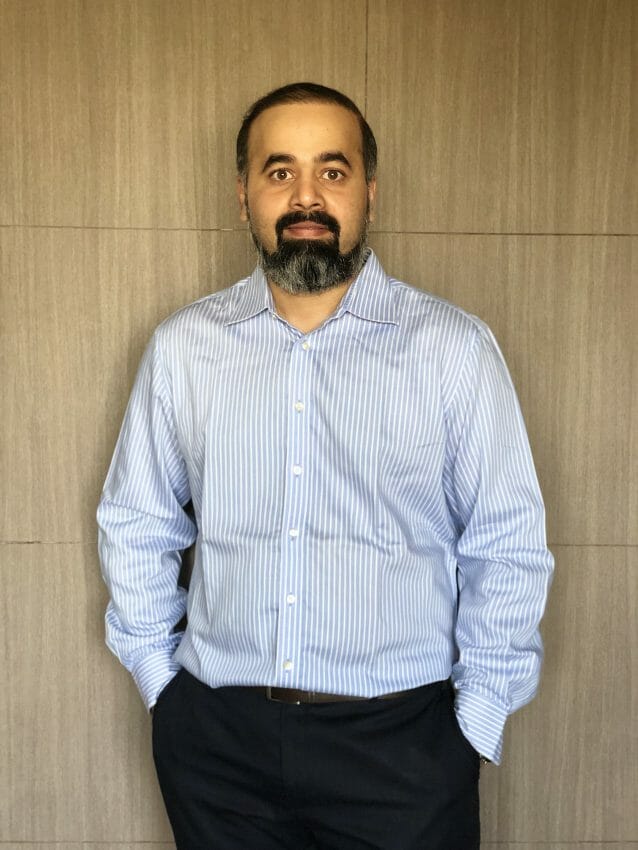By Sharat Potharaju, CEO and Co-Founder, Beaconstac
In an ever-evolving industry, one thing is certain — technology provides the foundation of modern healthcare. Technology-driven innovation has the potential to generate $410 billion in annual revenue by 2025.
One such technology professionals in the healthcare space often overlook is the QR code. And in an era where over six billion people have smartphones, incorporating QR codes in healthcare makes sense.
Most healthcare systems still rely heavily on traditional procedures to verify identification, file forms and ensure transparency. QR codes bring incredible value to the medical field by providing a hassle-free strategy for
- Replacing old paper-based management systems.
- Tracking medications.
- Connecting multi-discipline teams to patient histories faster.
- Reducing human error and promoting efficiency.
The following list shows six practical use cases for QR code generation within the healthcare landscape.
1. Patient identification
200,000 people die from medical errors every year. Misidentification can lead to an improper diagnosis, medication errors and even death. Patient identification information is vital for all healthcare systems. Every department needs a platform to facilitate easy medical record access. Enter QR codes, helping healthcare providers track and manage their patients.
Hospitals assign a code to each patient for digital check-in and check-out. Providers put the code on a patient’s medical bracelet and medical history datasheet. Everyone interacting with the patient can access information from admission to discharge by scanning the code.
2. Drug safety
More than 10% of all pharmaceuticals in the global supply chain are counterfeit. While pharmaceutical companies and the healthcare system work hard to maintain authenticity, QR codes for drug safety can help fight drug counterfeiting. Medicine packets with QR codes increase transparency about the manufacturing process and verify authenticity by showing drugs’ expiration and ingredients.
QR codes on these treatments also provide information on medication administration and proper dosage. This solution saves time and reduces the possibility of human error.
3. Medical equipment information
Medical facilities use a diverse range of equipment to deliver effective care. Staff can deploy QR codes onto equipment to help track, monitor and record maintenance.
Healthcare professionals use an app or smartphone to scan the code and access a landing page. There, operators find manuals, operating instructions and videos on equipment set-up. This digital option eliminates the need to search for information and assets in the physical world. In addition, QR codes can alert healthcare officials to a malfunction once scanned.
4. Asset management
Medical facilities handle numerous assets, including tests, equipment, devices and samples. Managing and tracking thousands of assets is challenging at best. Any type of mismanagement and error can have grave consequences. In addition to that, medical instruments and equipment are also costly and hard to retrieve.
Traditional asset management approaches are time-consuming and laborious — and have higher incidences of human error. QR codes enable organizations to track assets in real-time, update numbers, alert operators in case of emergency and send feedback. All that’s needed to scan a code is a phone, eliminating the use of expensive scanning devices.
5. Procedure information
Patients need to understand their diagnoses and treatment plans. Up to 80% of the medical information they receive during office visits is forgotten immediately, and nearly half of what they retain is incorrect. Googling is a start, but it’s hard for patients to hone in on accurate information, especially among the vast number of hits they might get in a search.
Providers can include dynamic QR codes in patient leaflets to reduce the likelihood that patients may inadvertently misinform themselves. These codes can link to more in-depth information about medical procedures, risks and benefits, for example. Post-treatment booklets can use QR codes to provide relevant contact information and FAQs. Digital formats make it much easier to translate information into multiple languages for greater accessibility among a wider audience.
6. Healthcare marketing
Most healthcare companies don’t have a robust marketing strategy. But despite the slow adoption, organizations are starting to see its importance. Pharmaceutical companies and providers can use QR codes to assist marketing efforts by including them on brochures, leaflets and bills. A quick scan gives visitors and patients access to things like hospital infrastructure and success stories.
Healthcare systems can also use QR codes on marketing materials such as emails, newsletters, online advertisements, billboards and medical publications. This type of marketing can lead to an increase in patient visits, profit and reputation. This growth is significant as healthcare systems remain hot property in the private equity market.
QR code generation has the potential to improve patient care and health outcomes drastically. And it’s finding success by keeping up with the smartphone era where Americans check their phones once every four minutes. Since QR codes only require a phone for use, they offer a powerful solution for streamlining healthcare operations and improving communication, increasing transparency and conveying information between providers, caregivers and care recipients.
Editor’s Note: Sharat Potharaju is the Co-founder and CEO of Beaconstac, responsible for crafting the overall strategy and execution. Sharat is dedicated to achieving Beaconstac’s vision to enable digital connection with every physical object and place on the planet. Prior to his entrepreneurial career, Sharat spent a few years working in investment banking at Merrill Lynch in New York. Sharat holds a Master’s in Engineering Management from Duke University and a Bachelor’s degree in engineering from the Indian Institute of Technology (IIT) Madras.
